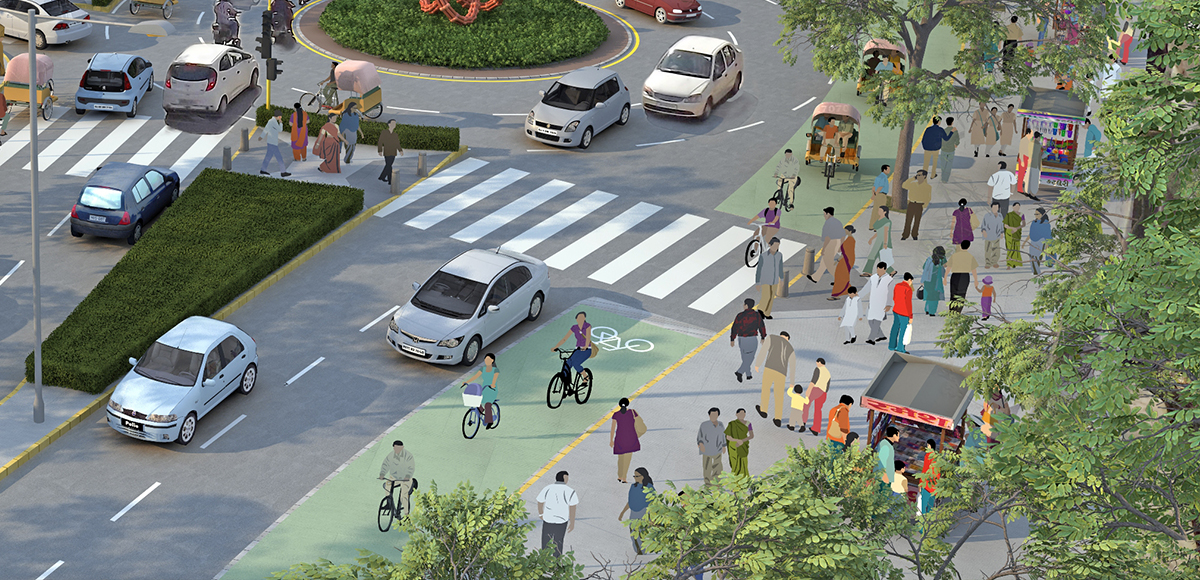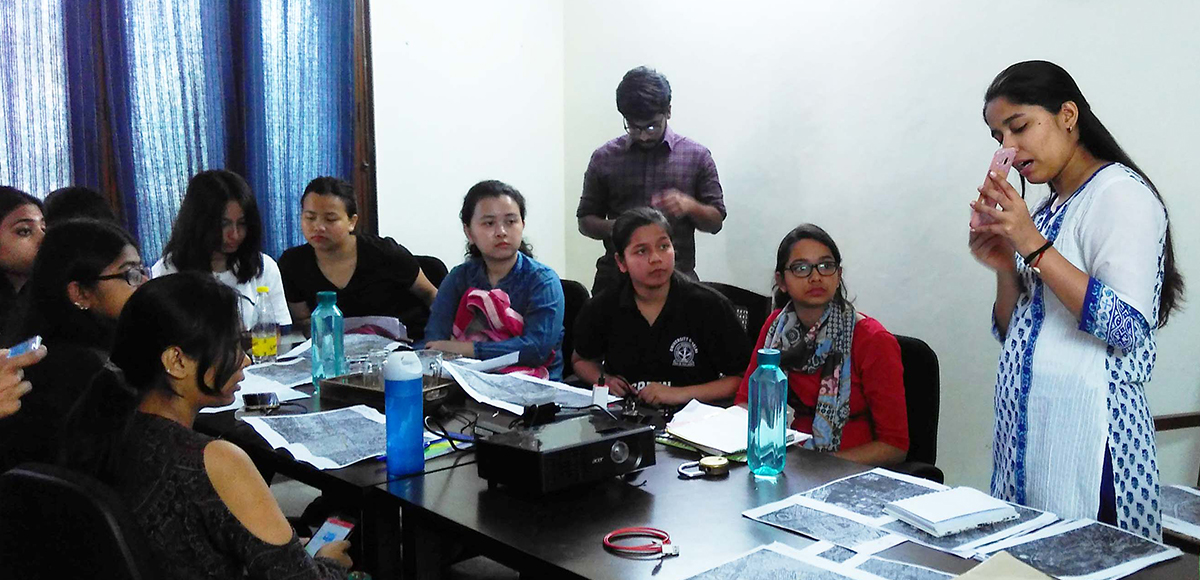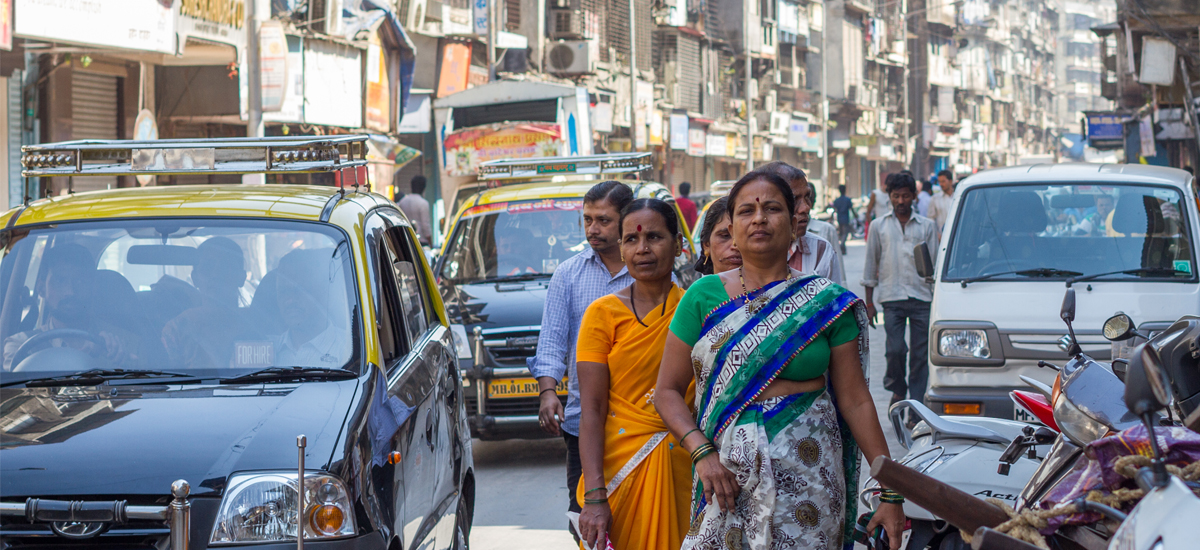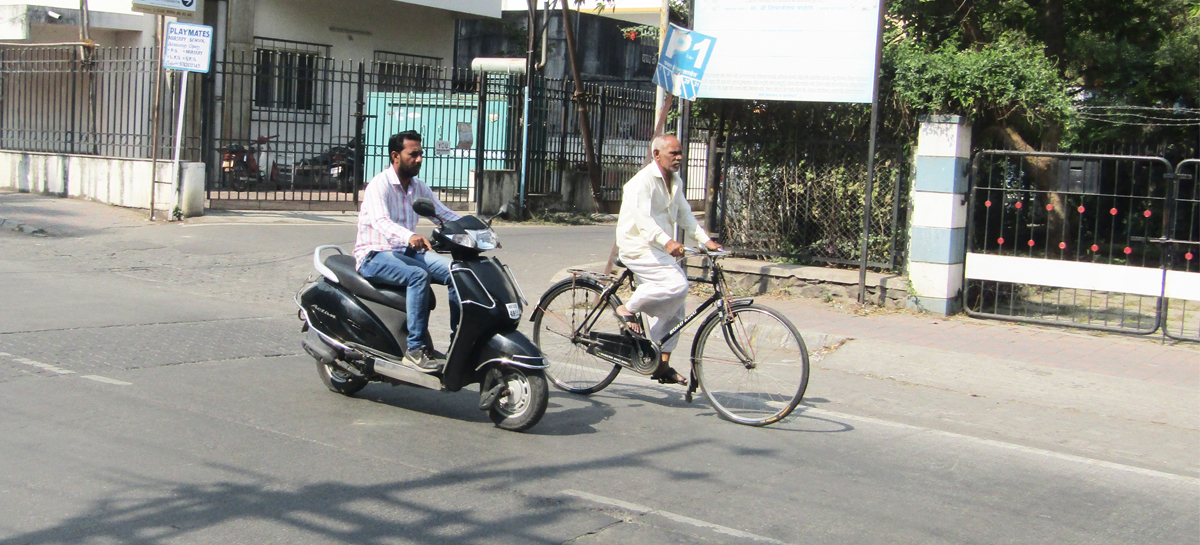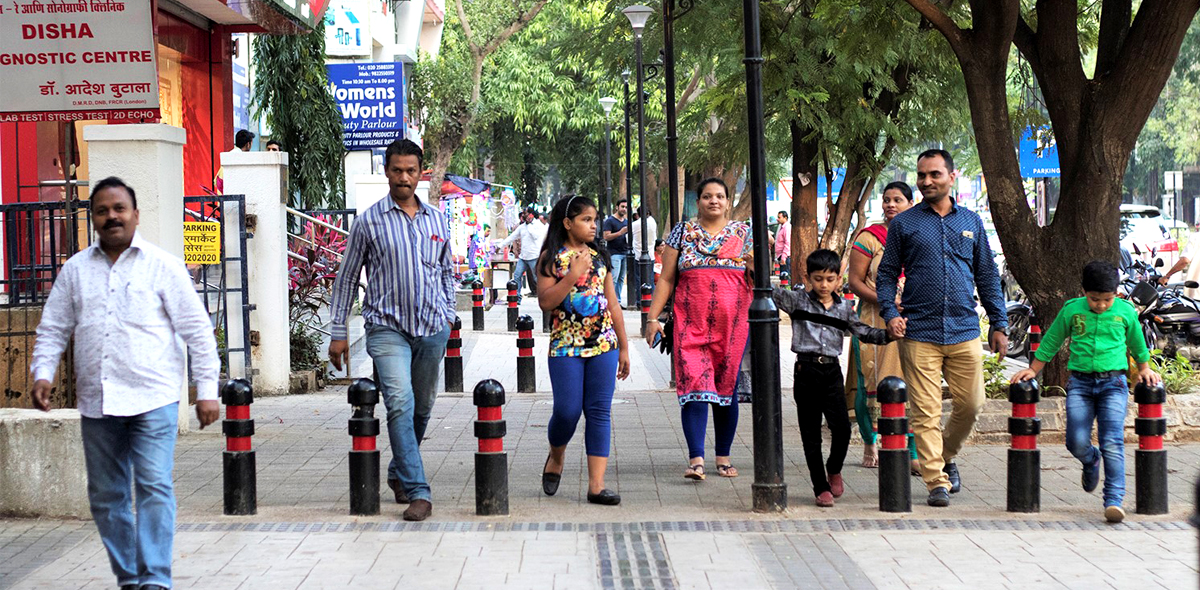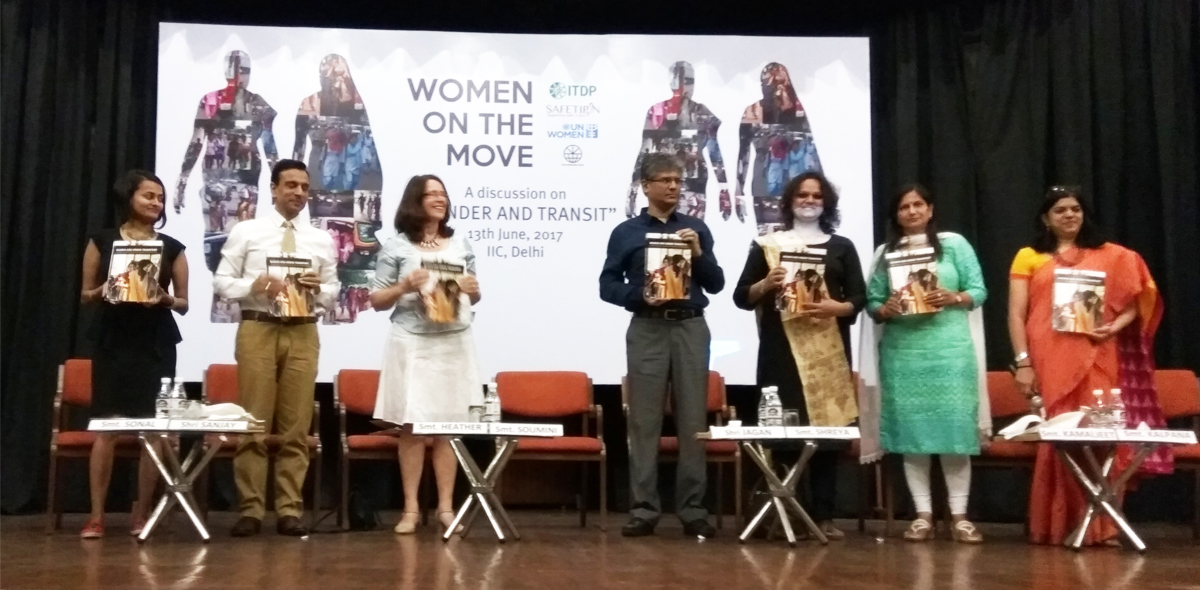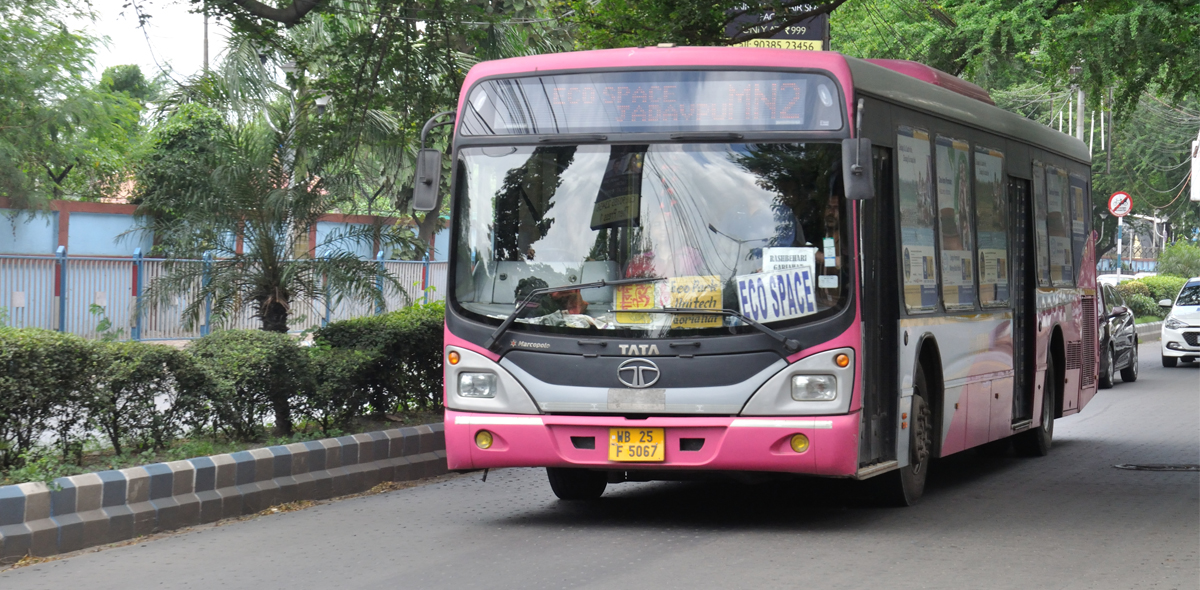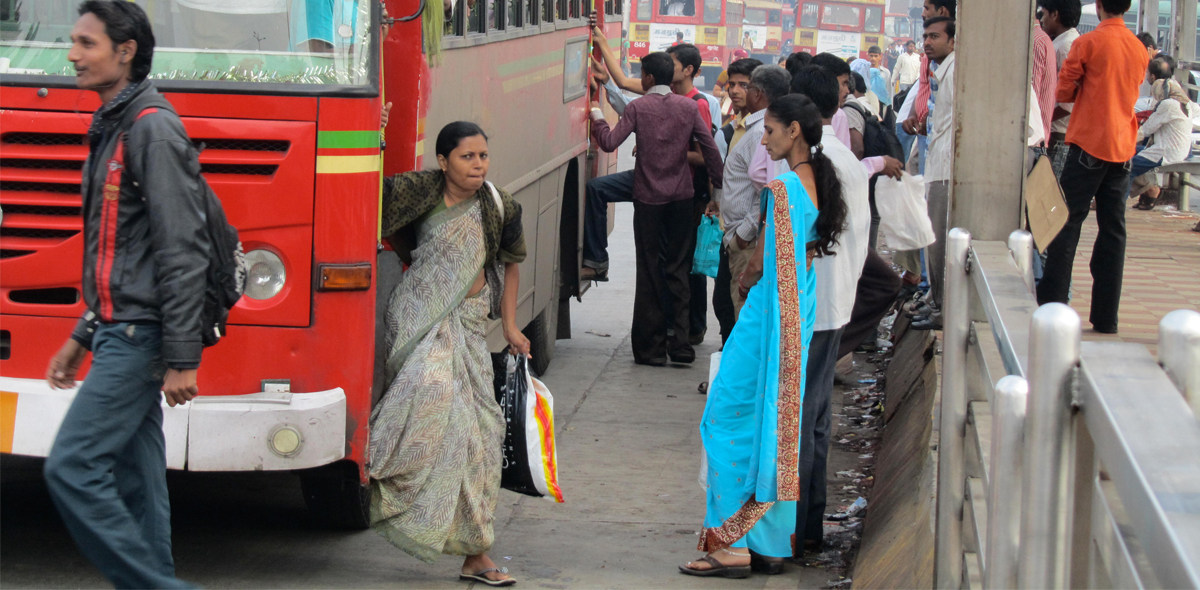“At the end of the day, I head to a nearby store for vegetables and other items before walking home,” explains Shivani, a native of Ranchi who commutes to work by shared auto rickshaw. Her shuttle isn’t uncommon in a city that’s growing rapidly despite the lack of formalised public transport system. However, she needn’t fret – the city’s ‘go-ahead’ for a public bicycle sharing system (commonly known as PBS system) aims to improve last-mile connectivity.
In Jharkhand’s first step toward cycle-friendly streets, Ranchi city has begun construction of its PBS system stations this month. ITDP assisted the State Urban Development Agency (SUDA) in preparing the feasibility of PBS in Ranchi that proposes to see 1200 cycles distributed in the state capital. ITDP also provided technical assistance for the tender document and review of bids in the process.

Construction of PBS stations underway in Ranchi
A PBS system is a flexible form of personal public transport. Cycles are stored in a closely spaced network of stations. With a smart card or other form of identification, a user can check out a cycle from a station and return it to any other station. The system offers the convenience of cycling without the burden of ownership, and the flexibility to accommodate one-way trips.

PBS stations are being built in high-density commercial areas
With the finalisation of the operator, the system is being implemented in two phases: 600 cycles will be rolled out by May and the remaining 600 by July. The cycle stations provide access to notable public destinations in high-density commercial activity zones like Main Road and Lalpur Road, institutional areas and residential neighbourhoods.
The implementation of the system will not only enhance the image of cycling in Ranchi, but also reduce congestion and improve air quality by attracting private vehicle users. Ranchi’s endeavour to reclaim streets for people will bring them a new experience: a city that can be enjoyed on cycles!




